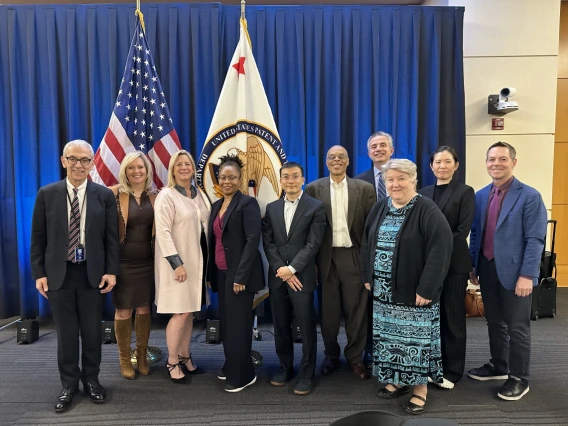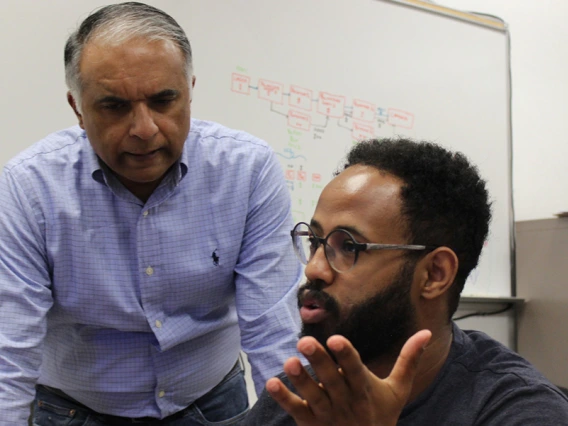PFAS beware: Jeong-Yeol Yoon leads development of smartphone detection system
Jeong-Yeol Yoon's latest invention harnesses the power of smartphones and machine learning to identify toxic chemicals.

Known by some as the “smartphone biosensor guy,” biomedical engineering professor Jeong-Yeol Yoon's interests are in “designing and building handheld devices for medical diagnostics and environmental monitoring.”
Researchers at the University of Arizona, led by biomedical engineering professor Jeong-Yeol Yoon, have developed a system to detect potentially harmful “forever chemicals” with a smartphone.
Accessible chemical detection
PFAS – known as “forever chemicals” because they can survive in the environment indefinitely – comprise around 10,000 different human-made agents that are added to liquids to decrease surface tension with other solids, liquids and gases. They are commonly used in nonstick cooking pans and as an ingredient in firefighting foams.
Perfluorooctanoic acid, or PFOA, is a specific type of PFAS proven to cause significant damage to human health. In 2024, the Environmental Protection Agency set new maximum contaminant levels for PFOA and PFAS in drinking water at four parts per trillion. PFOAs are no longer manufactured in the United States. Detection of these chemicals can inform better decisions to protect humans and environmental health, but this process is expensive.
The current gold standard of PFOA detection relies on costly lab equipment and requires specialized training. Yoon’s invention aims to lower the costs of the technology and the training associated by making detection possible via the use of a smartphone.
The system detects PFOAs at the molecular level by measuring capillary flow velocities, or the speed at which a liquid moves through a paper channel, Yoon explained.
“A smartphone could capture video clips of such capillary action, assess the flow velocities, and classify PFOAs presence and concentration via machine learning, all under a cloud setting,” he said.
Sensing powerful enough for smartphones
In addition to PFAS, Yoon also works on airborne micro- and nano-plastics, as well as airborne respiratory diseases such as the flu and COVID-19.
Yoon is working with Tech Launch Arizona to commercialize inventions including a sensitive, low-cost system for detecting SARS-CoV-2 in clinical saline gargle samples using a smartphone fluorescence microscope; a handheld sensitive rapid assay of SARS-CoV-2 infections; and a technology for detecting norovirus that combines a smartphone-based fluorescence microscope with an image-processing algorithm to isolate the particles aggregated by antibody-antigen binding.



